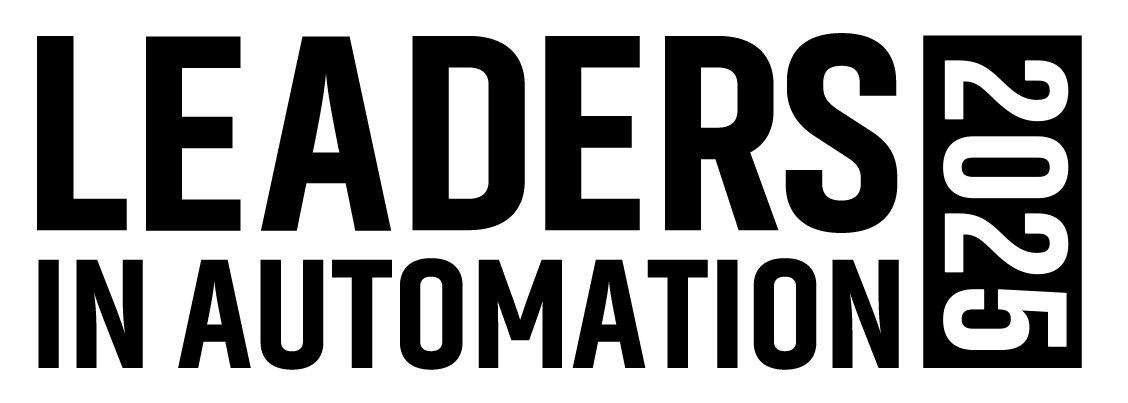Many factors must be considered to drive decisions in all parts of the automated control system, and it is no different for safety. The desire to provide a safe working environment, reduce liability, comply with regulatory standards and balance cost all factor into safety decisions.
One of the most prevailing challenges is qualifying safety requirements. While some question the cost of the solution, believing it too expensive, others might question the design, believing that additional measures need to be taken. A risk assessment is the best tool to help quantify the safety requirements.
Though individual countries are covered by differing regulations, they tend to have a lot of common ground. The global economy in which manufacturers and machine builders operate has created a desire for a single set of regulatory standards governing machine control and safeguarding. The EU has taken a leading role with its efforts to harmonize standards within EU countries, and EU regulatory standards appear to be emerging as the frontrunner in international standards (ISO).
Here are several popular standards addressing safety and risk assessments:
- ANSI’s technical report B11.TR3 presents a task-based method of conducting a risk assessment.
- ISO 13849-1 provides methods and guidance on how to specify a safety-related control system that is providing a protective measure or safety function.
- ANSI/RIA R15.06-1999 (R2009) standards outline procedures for the safety of personnel and robots and robotic system.
Some of the key concepts shared among most risk assessment methodologies:
- The risk assessment should be conducted by a cross-functional team representing each of the roles that will interact with the machinery: operator, maintenance, control engineers, mechanical engineers, technicians and possibly others.
- Consider the various tasks associated with each role interacting with the machinery and identify any potential hazards. Not only do you need to account for the routine tasks required to operate and maintain the machinery, you must also account for any reasonable misuse as well.
- Both the severity of potential harm and the probability of its occurrence have to be taken into account to estimate the amount of risk present.
- Probability of occurrence comprises two factors: the frequency of exposure and the possibility of avoidance.
- Risk estimation assigns values to each factor, which is then used to determine appropriate risk reduction measures that are feasible, realistic and cost-effective.
All risk assessment methodologies agree on and share the hierarchy of risk mitigation. You will notice in the table below that the most effective method of reducing risk is to design it out of the system; this should always be your first consideration. If it is not possible to design the risk out, then it is appropriate to consider engineering controls to eliminate or reduce the risk to an acceptable level. Training and PPE are the least effective methods of reducing risk, but should not be overlooked.
Control reliability is a specific level of performance as defined in several U.S. and international safety standards. Essentially, control reliability is defined as not allowing a single failure in the control system to prevent the machine from stopping as needed; and the control system will prevent initiation of a subsequent action until the failure is corrected.
Key characteristics of a control-reliable safety system are:
• Redundancy
• Monitoring and self-diagnostics
• Positively-guided or force-guided contacts
• Fail-to-safe operation
The common language among safety standards emphasizes that redundancy itself is not enough to achieve a control-reliable solution: Monitoring must be done to ensure that redundancy remains effective. Requirements for control reliability will be determined by the risk assessment. U.S. safety standards that address control reliability are RIA 15.06, ANSI B11.19, ANSI Z244.1, ANSI B155.1 and NFPA 79.
Advancements in technology have not only helped to reduce the cost of safety components, but they have also allowed us to think about safety differently, functionally. Thinking about safety from a functional point of view answers the question: How can I use technology to be more productive while maintaining a safe working environment?
As with other aspects of the automated control system, there is no one-size-fits-all solution. The safety system that is implemented needs to be evaluated and it must have merit.
Larry Asher is director of operations at Bachelor Controls Inc., a certified member of theControl System Integrators Association (CSIA). For more information about Bachelor Controls, visit its profile on the Industrial Automation Exchange.



